#Edtech – The Journey From Fear to Fantastic

For leaders seeking to enable change through technology one of the most commonly heard phrases is ‘I’m all for change….. But’.
This is something of a problem as technology is clearly one of the most powerful megatrends of the 21st Century and with it unprecedented change is now business as usual. It’s not if we use technology, but how.
This can be scary because our default reaction when faced with something new that we don’t understand is to fear it, and when we fear something we often react against it.
This is largely why we find change hard, but as Canadian writer Robin Sharma put it: ‘Change is hard at first, messy in the middle and gorgeous at the end’.
This is also true when it comes to technology:
- At first we fear it,
- Then we get used to it
- Then realise in most cases it’s actually rather good.
According to Cisco, by 2030 more than 500 billion devices will be connected to the internet, and during the same time advances in artificial intelligence and automation are expected to play an ever greater role in making our planet a little smarter.
According to the Future of Jobs Report from the World Economic Forum emerging technology will create more jobs than it destroys.
Whilst developments like automation are predicted to remove 75 million jobs by 2022 an additional 133 millions jobs will be created, a net increase of 58 million roles, so not something to fear.
For employers it means that investing in technology is essential and for individuals it means having the knowledge and skills to use technology in a way that creates value will be equally essential.
Perhaps the most stark forecast from the report is that by 2022 everyone will need an extra 101 days of learning to stay relevant, so adult digital skills and lifelong learning become ever more essential.
Whilst technology often enables us to be more efficient and to do things faster, when it comes to people, and educators specifically, the future belongs not to the fastest or largest institutions but to those who are most able to adapt, and education technology should be a key part of enabling this.
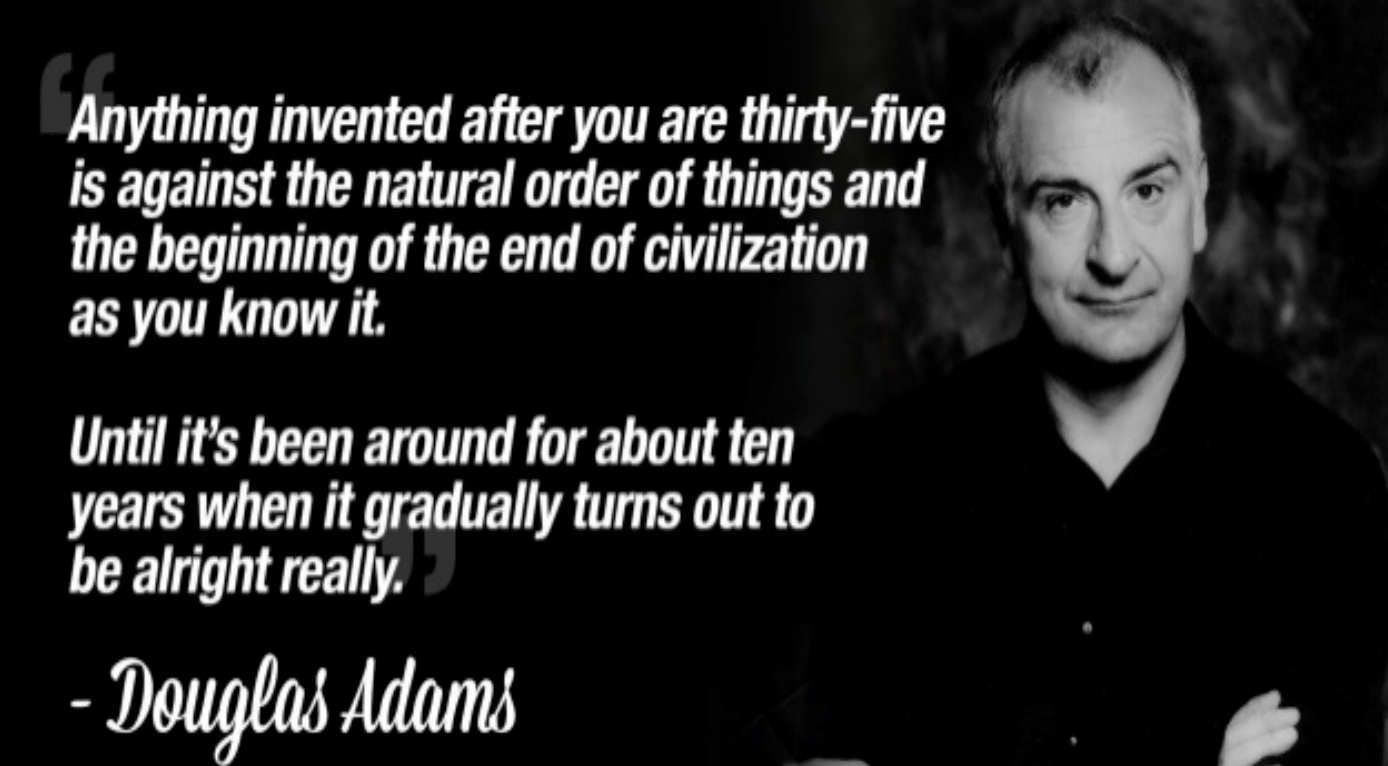
It’s all about people, and not the technology
If we are to make the most of the new digital possibilities ahead we have to recognise that it’s all about people, and not the technology. For those resilient enough to attend the BETT show in London each year it can often feel like the opposite to this with the focus purely on the new technology itself.
As I slalom between dancing robots and countless claims about a new technology that is revolutionising learning in a way I didn’t know I needed I focus only on those technologies that have the capacity to bring people closer together.
The good news is that in most cases each year it is possible to find some really great technologies that can support 21st Century skills if you search hard enough. You know when you find them as they will be simple, designed to make life better and be devoid of grand claims.
For those with an interest in education, (and I would argue that should be everybody since our global collective future prosperity and happiness depends on it), how we use technology in education wisely is essential in creating learning experiences that enrich, engage and inspire.
Lack of digital literacy
Currently a major barrier to the adoption of leading progressive technologies in education isn’t so much budget, its skills, and a lack of digital literacy is contributing to fear and anxiety about what technology is and what it can, and can’t, do. Popular culture hasn’t helped on the anxiety front when it comes to technology.
The media at times has a borderline obsession with often embellished negative stories relating to technology from how AI may bring about the untimely end of the world (well it makes for more interesting reading than how it’s saving time on your emails or making your devices safer) to the current hot topic of how many jobs it will take (in fact it won’t as the historical evidence shows technological disruption creates more opportunities than it costs).
In the digital age we are in with its associated rapid change the status quo isn’t an option, not least because it’s the riskiest thing you can do when everything is changing so we have to focus on supporting people as much as new technology.
Teaching Generation Z
For Colleges teaching 16-18 year olds (Generation Z learners), their preferences for how to use technology are very different to the learners from previous generations.
Generation Z is confident with technology and more entrepreneurial according to customer insight firm VisionCritical. They expect mobile, flexible technology that provides a seamless learning experience that supports immediate information flows and collaboration.
For many teachers more used to desktop computers or traditional laptops operating software that has been around for decades, this type of technology may seem scary.

So how do we get from fear to fantastic?
To address this we have to take a people first approach to technology and recognise the scale of the challenge, because its massive.
Remember the Momo challenge? The viral suicide game that had Governing Bodies holding crisis meetings and safeguarding specialists issuing advice and guidance among wider hysteria.
The most amazing thing about the whole mania was that it wasn’t real, didn’t happen and no child anywhere committed suicide as a result of it (as far as can be determined). So how did this happen?
The kids are alright, it’s the adults we need to focus on.
Whilst younger people certainly need guidance and coaching in how to make the best use of new emerging technologies when it comes to learning from academically credible sources, the biggest issues caused by technologies are not caused by Generation Z, rather the challenge is primarily with older generations.
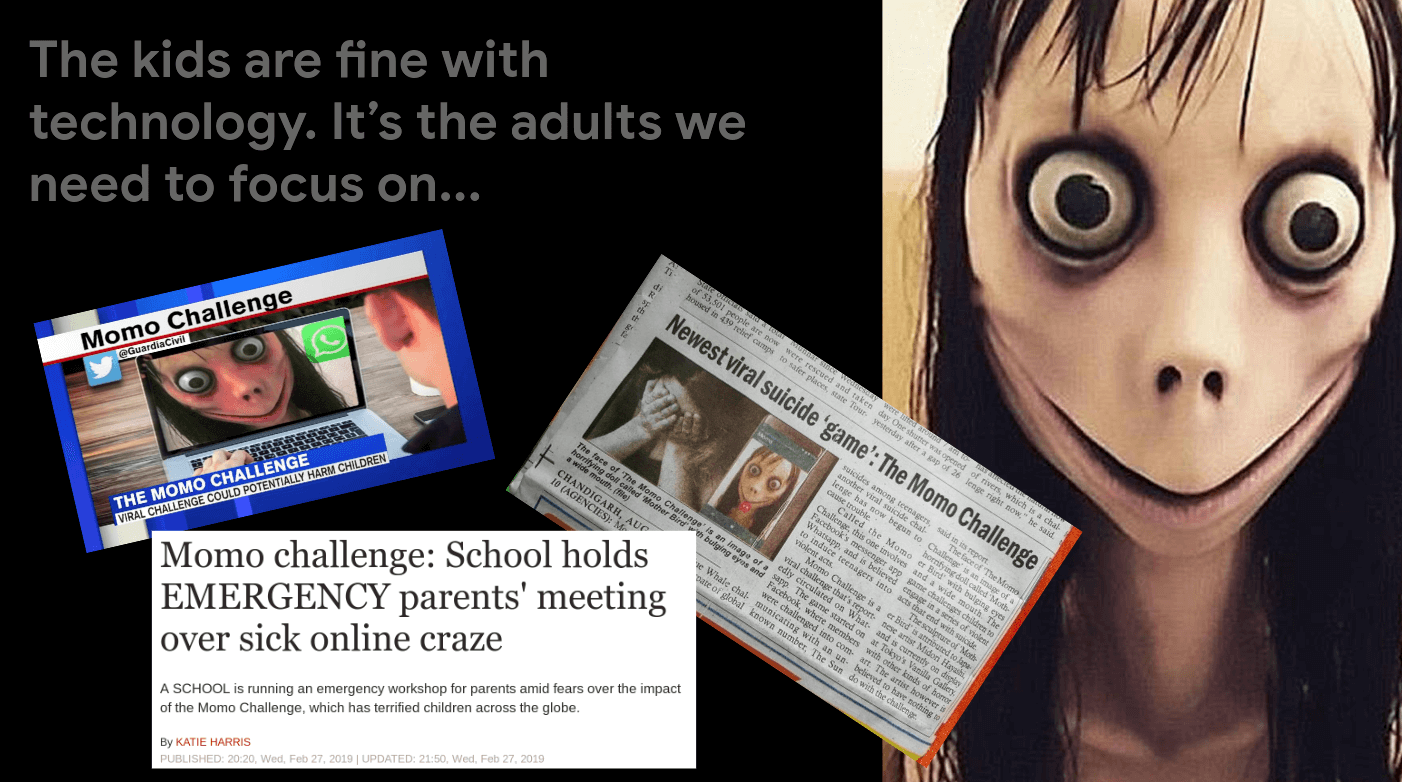
When we don’t have the right skills for the environment we are in, bad things can happen.
This is true in all walks of life and especially in relation to education technology. Keeping up with the most rapidly evolving industry in the world is a challenge for anyone and educators cannot be expected to have specialist digital expertise.
However a baseline level of digital literacy is now as essential as English and Maths.
If more Governing Bodies and staff in education had a higher level of digital literacy, the hysteria caused by the online hoax that was the Momo Challenge could not have happened in the way that it did.
Furthermore as we raise our levels of digital skills we become more confident in the use of the internet and associated cloud based solutions, and suddenly what was once misunderstood and scary seems a lot less so, especially when it is easy to use.
According to the Science and Technology Committee reporting to the UK House of Commons, more than 12.6 million adults lack basic digital skills including how to use the internet.
The task is large and it requires strategic focus:
So how do we know what technology will genuinely help?
When exploring a new technology there is a powerful lesson to learn from NASA. Consider the role of an astronaut, one of the most dangerous jobs a human can undertake.
When faced with something new that may go wrong they are trained to ask a simple question.
Is what I am about to do likely to make this worse?
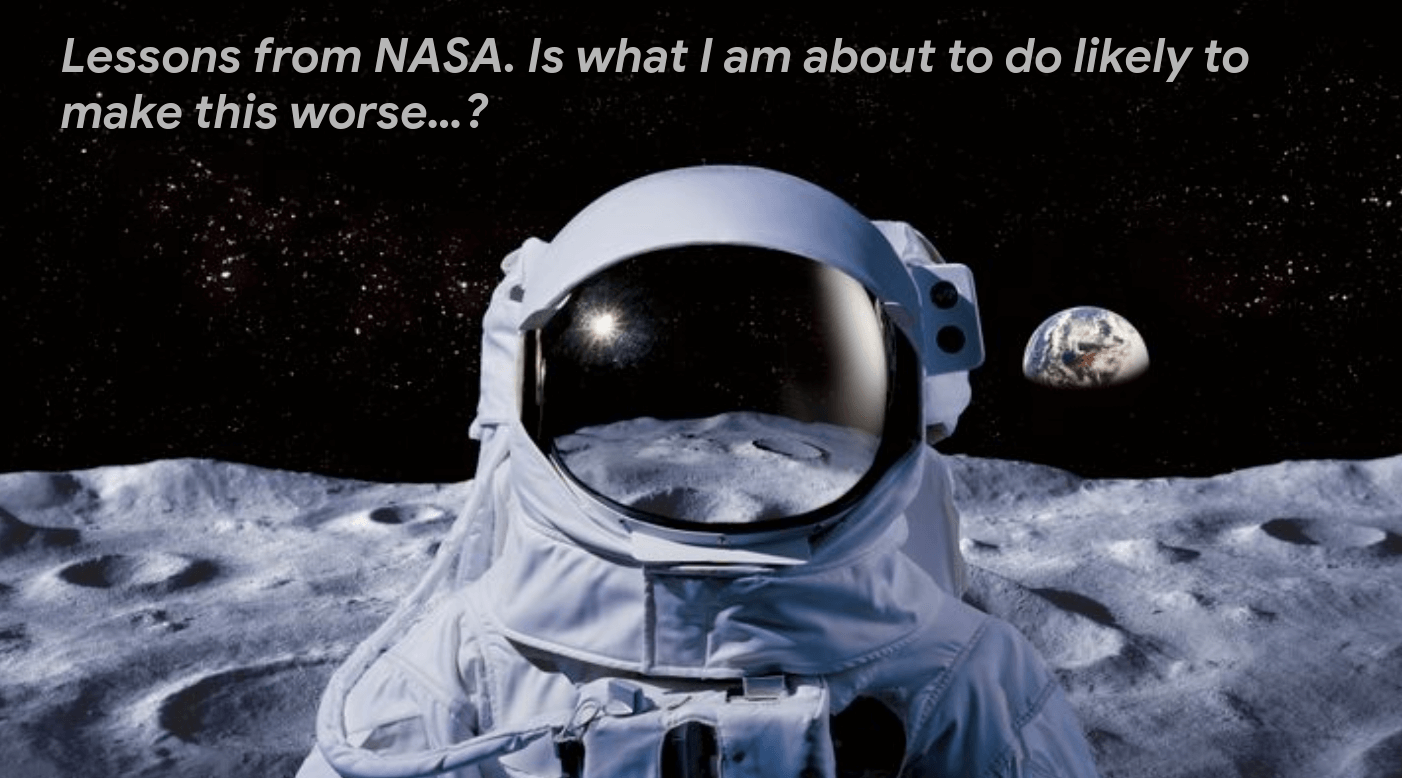
Imagine if we asked this question before any new policy, or technology, were to be implemented. Many of the unintended challenges that technology causes, that can lead to fear and change anxiety, are a result of past experience and learned behaviours based on the ‘new thing’ actually making life harder and more complex when it happened to them last time.
Education technology should never do this and educators cannot afford to invest time and money into tools that are not fit for purpose (what’s the average utilisation rate of projectors and fixed digital screens in classrooms? 10% 15%? Is it enhancing learning or just a digital version of what was once chalk?)
When most people in education are asked what technology they want the default answer is typically a new version of what they have. It’s the wrong question.
The question should be what do we need to enhance learning?
When it comes to education technology it should always be simple to use and make life better. In that way we can remove at least part of the anxiety upfront, and it seems a lot less scary if it’s making our lives easier.
Perhaps most importantly we are intrinsically motivated to engage with technology when it does this, so adoption and training becomes much less of an issue. Why wouldn’t you use something that saves you time, or money, or both?
It was Mahatma Gandhi who once said ‘Be the change that you wish to see in the world’ and anyone who has tried to create change knows how difficult this can be, but Ghandi was right.
He didn’t say get others to be the change you wish to see. He said ‘be’ the change. That’s the deal, and it’s hard, but the price is worth striving for as my contention is that it is an inevitable prerequisite if we are to achieve a better collective future.
For an example of the scale of the challenge, the next time you are driving and hit congestion, remember you are not stuck in traffic, you are traffic.
There is a better way, but all of us need to reflect on why at times we didn’t take it and whether our ways of working actually make any sense. If you can do your job anywhere, why would you sit at a fixed desk in a building that may or may not be needed?
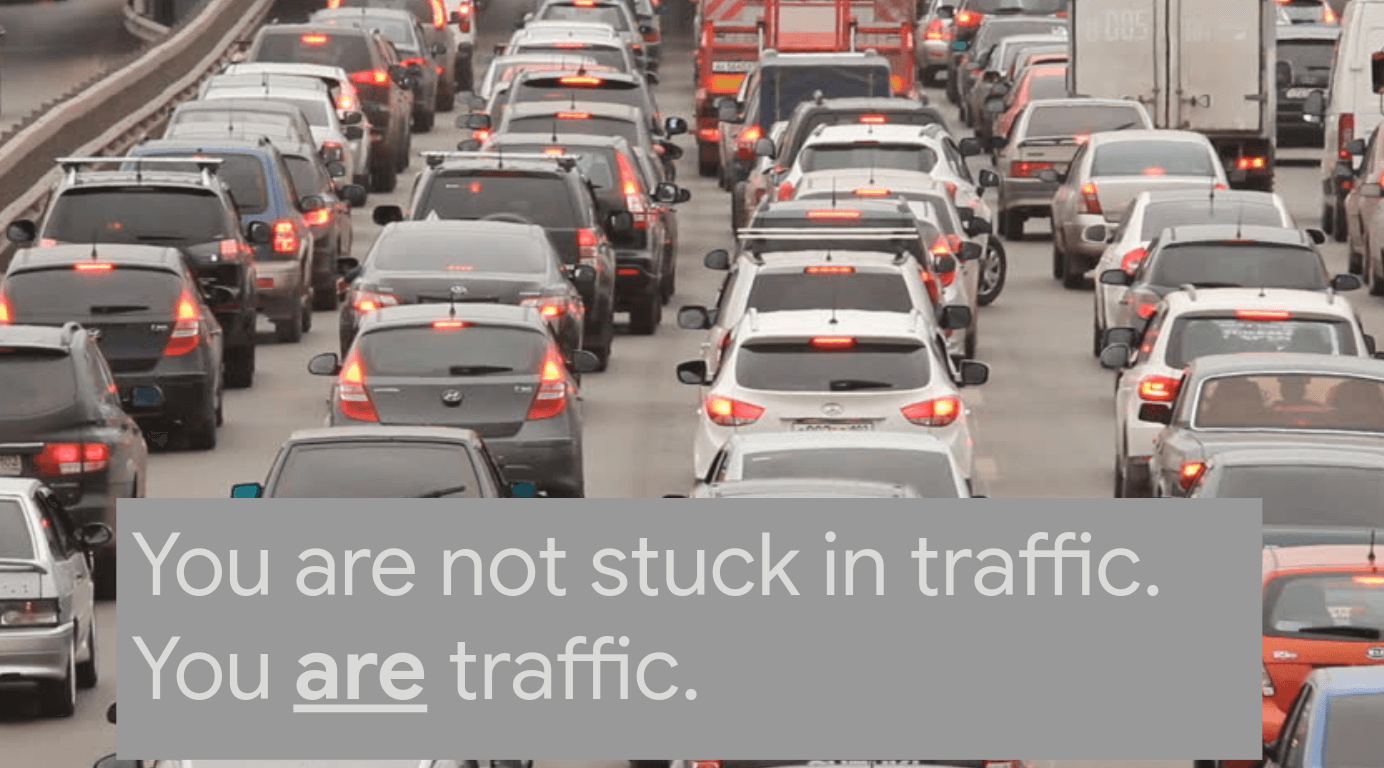
I was once talking with a HR Director about agile working and holding meetings via video calls, questioning why all the staff were travelling in at the same time irrespective of whether it made sense.
It was put to me that they wouldn’t be comfortable with this approach as how would they know what staff were doing? I pointed out that I was sitting opposite them and they didn’t know what I was doing on my computer.
Even worse, it spoke volumes about the culture of the organisation. So much of our ways of working make no sense but rather reflect patterns of behaviour, and expected behaviours that are familiar can feel safe, and most people don’t see safety as a bad thing.
Consequently change doesn’t happen just because someone finds a new technology, no matter how good it might be. The culture has to align with the opportunity, and a sustained planned development programme all about people must run in parallel to the technology deployment.
Educators today are dealing with complex and multiple challenges including excessive workloads, equity and inclusion challenges and the need to transform learning.
Technology can help with all of these challenges but only if it is aligned to a continual process of coaching and support for the people we expect to deliver it.
Too often I see continuing professional development that is more of an event rather than a process. It’s more RPD, repeating professional development and usually focused on compliance. I often hear from staff that CPD is ‘done to them’.
What’s needed is a more strategic workforce development plan that places digital at the core, but people driven rather than technology led. In doing so we can remove change anxiety and fear of technology, enrich learning and maybe just excite, engage and inspire our learning communities. There are many already doing this.
Take a look at Leeds City College, Basingstoke College of Technology or Coleg Cambria and you will find three examples of UK Colleges who have taken a people and learning first approach to technology, and it’s working with the quantitative evidence to support it for those who love their data.
Meeting the EdTech Challenges
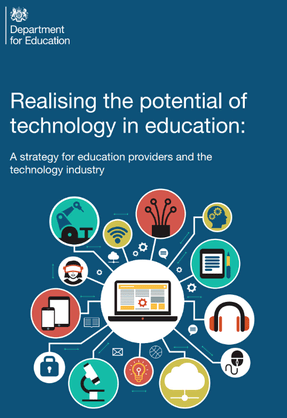
1. Reduce Workloads
2. Widen Access, equity and inclusion
3. Streamline Processes
4. Transform Learning
Despite all of the challenges we see in the world I believe we live in the most exciting time in all of history and technology is playing a large part in that.
Learners can now connect and collaborate with others anywhere in the world and educators such as Charlie Hammond at Coleg Sir Gar are champions of using technology in this context to bridge the traditional gap between the larger world and the classroom:
Looking forward to delivering workshops on utilising technology to share good practice amongst some amazing staff @ColegSirGar & @colegceredigion. Big shout out to @BryonyEvett, great events like this don’t just ‘happen’. #tlc2019 pic.twitter.com/pejEYlWlDm
— Charlie Hammond (@1charliehammond) June 28, 2019
Scott Hayden at Basingstoke College of Technology along with his team have taken a novel and highly effective approach to the use of social media and wider digital tools to deliver learning experiences that are engaging in new ways, along with inspiring use of AR / VR technologies:
Thank you. Very honoured to win the Award for Educational Impact @EduFuturists #ESA19. We @BCoT are lucky to have bosses that back us in @Anthonybravo and @ShoulderN. Please get in touch with us @BCoTD1g1tal if you want to collaborate. pic.twitter.com/PogeBtq7jq
— Scott Hayden (@scottdhayden) July 12, 2019
At Leeds City College Steven Hope and the team have used collaborative technology to transform learning in English and Maths:
Great to have a featured blog on the @Jisc website taking about our approach to supporting learning outside of the classroom and creating a culture across the college to support this @leedscitycoll @iLearnLCC #LoveOurColleges #edtechchat #teachingnotteching #culture #learning https://t.co/o783oo1moG
— Steven Hope ?♂️ (@hope_steven) June 25, 2019
Technology when used wisely can reduce workloads, save money and bring us closer together
The best technologies are those that enable us to collaborate more easily because learning is fundamentally about human connection. Technology can remove distance, equality of access and wider challenges as a barrier, and has a wider potential to bring about the end of loneliness (a major cause of premature death for older people and also a factor in drop out rates).
High growth industries such as interactive entertainment in less than twenty years have grown to a community of more than two billion people and it is foreseeable that we will see a day when most of the world can learn and play together.
In my lifetime I have seen the gaming industry shift from location based technologies that can only produce a few simple objects on the screen at a time to graphics so immersive they are often indistinguishable from a film. Just imagine where technology might take us over the next twenty years.
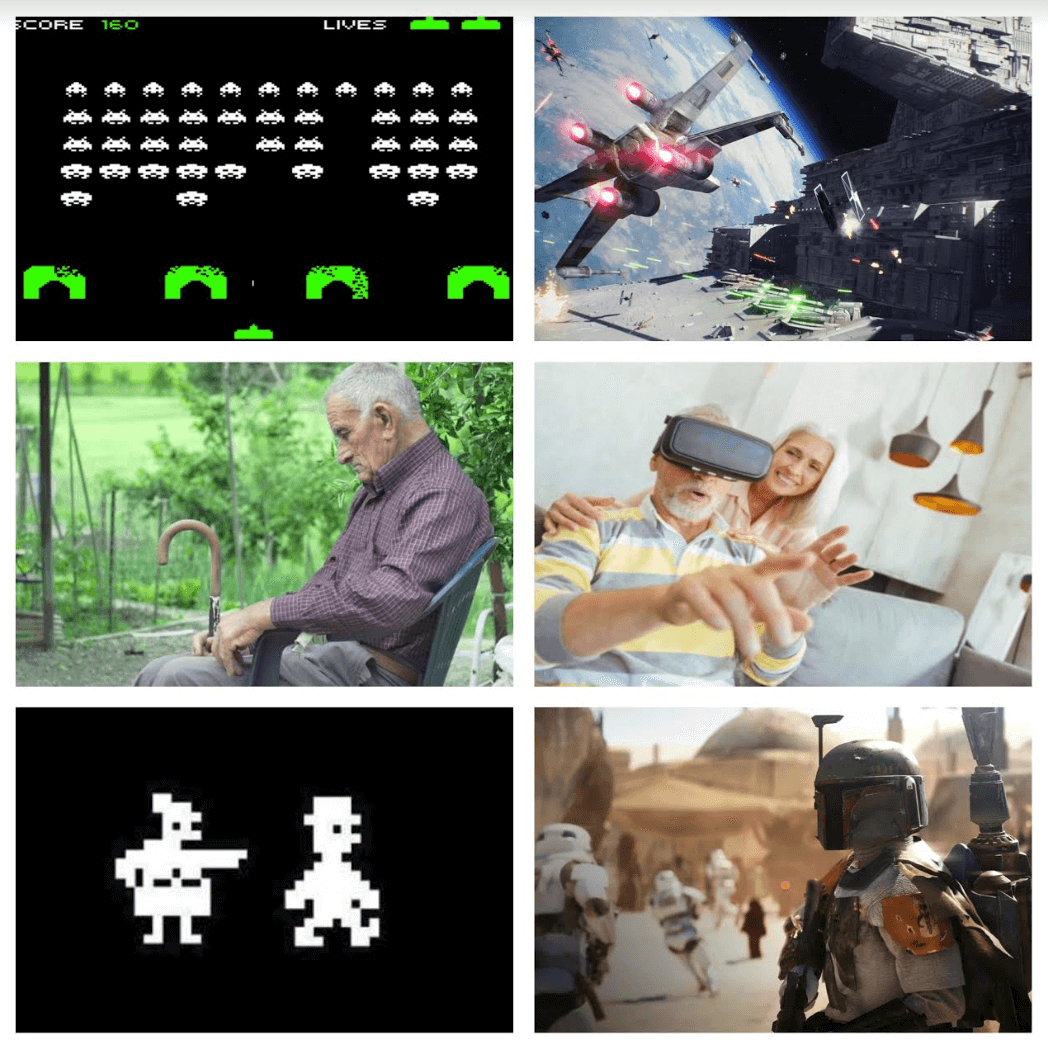
For students entering education now, technology is creating an entirely new and exciting set of business models that are radically different to what has gone before.
When I was at School almost every week I was told never to talk to strangers and never get into their car. Now I literally summon strangers from the internet and get into their car (UBER just to be clear).
The pace of change is breathtaking and we have a duty to prepare our communities to be able to face uncertainty and rapid change with the skills and behaviours to make something of it. That means technologies that support new thinking and new ways of working.
Learners in Colleges today are unlikely to have an office or fixed working location and far more likely to be using mobile technology that enables global collaboration, and their place of work will be anywhere. In my case these days it’s often Starbucks which I regard as a great wifi company that just happens to sell coffee.

Edtech innovation requires experimentation, and that means uncertain outcomes….
If we accept that innovation in education is a continual and much needed process, and logically it has to be if we are preparing people for a world that is rapidly evolving, then experimentation is necessary.
In the UK this can be difficult because at times our systems and processes can seem anathema to this, with a culture that can seem dominated by measurement and scrutiny.
Whilst measurement creates an illusion of control, education is an organic not industrial process. As someone once said, you can’t grow by measuring your height.
I am not suggesting that data serves no purpose, it does and can, it’s just that it shouldn’t be the dominant culture and should only be used where there is rigorous causality in the context it is being used.
If we allow measurement and impact to become the dominant culture, we kill innovation.
You simply can’t measure your way to success. For innovation to thrive we must try new things, learn new skills and keep discovering new insights that will drive learning forward.
Yesterday’s knowledge may not be what’s needed tomorrow, and it’s the same with technology in education. When we support each other to learn new things and accept failure and uncertain outcomes as an inevitable part of the journey, we optimise our chances for growth and prosperity.
When it comes to technology in education, we must allow experimentation to become the dominant approach to discover new ways of learning tailored to the diversity of our learning communities.
I once delivered a TEDx talk titled ‘Education in the Digital Age’ where I posed the question, is there a future for teachers?
My contention is that the answer is yes, but it’s different to what it was.
Best selling author of ‘OPEN, How We’ll Work, Live and Learn in the Future’ David Price OBE recently commented that all teachers need to be a futurist now.
Teachers are no longer the source of knowledge, but rather the signpost to it in a rapidly changing world. Teachers are now more like knowledge coaches, enabling learning to happen in a way that best equips people to make the most of the world around them, and their place in it.
This requires innovative forms of pedagogy and for that to happen our people have to feel safe in disruption and change, something that can only be achieved through a supportive process of continual learning. CPD should never be an event, but a process.
If we get it right we will live to see the most inclusive, enriching and transformational learning process in history, and when it comes to the effective use of technology that transforms learning for the better, that’s how we get from fear to fantastic.
Jamie E Smith, Executive Chairman, C-Learning













Responses